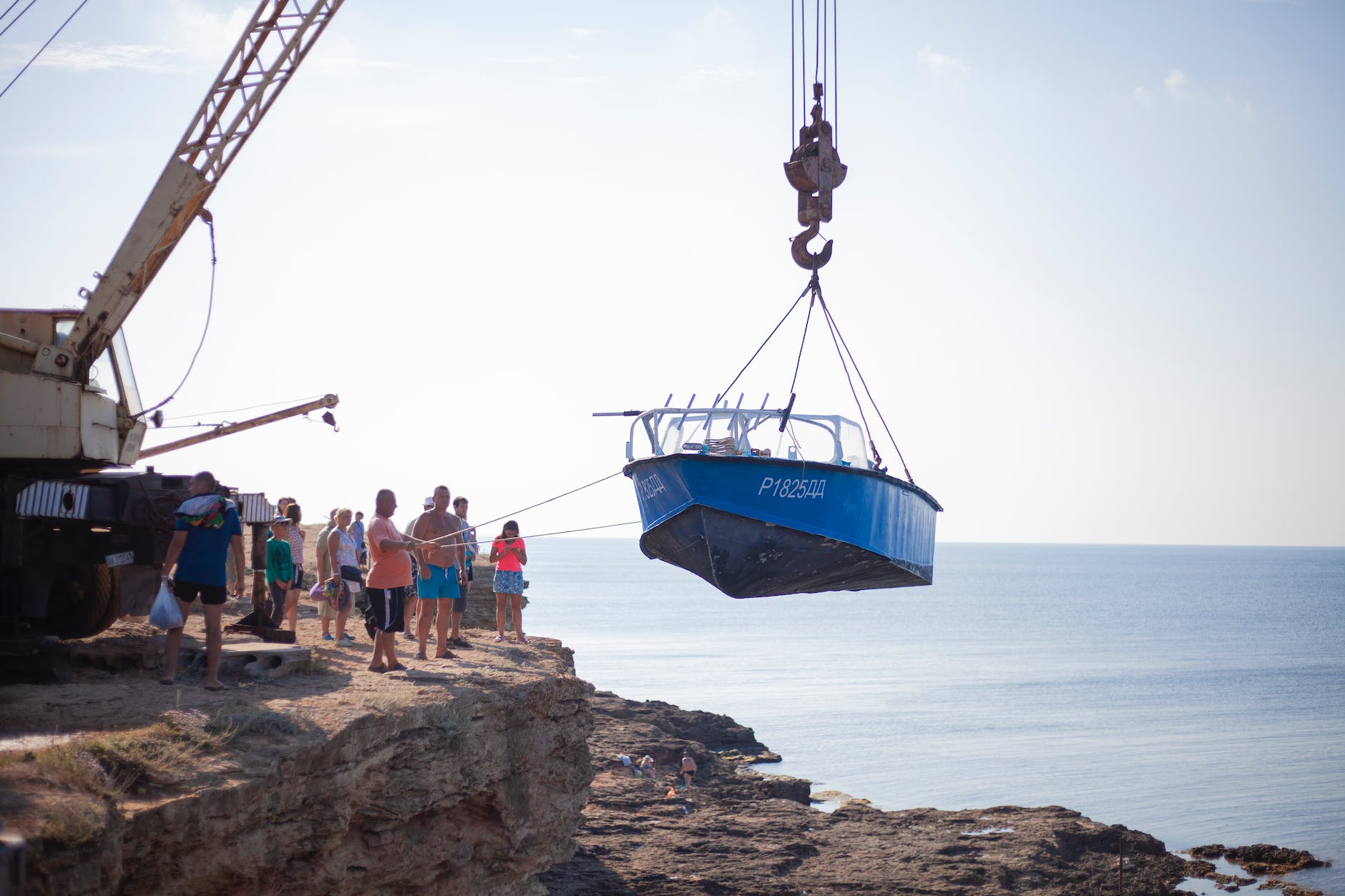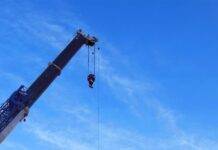
SWL Calculation for Crane: Ensuring Safety and Efficiency
Introduction to SWL Calculation
Operating cranes efficiently and safely requires a fundamental understanding of Safe Working Load (SWL) calculation. SWL denotes the maximum load capacity a crane can safely lift under specific conditions. This article dives deep into SWL calculation, its importance, and the factors influencing it in crane operations.
Factors Affecting SWL Calculation
Several elements impact SWL determination, such as crane type, load distribution, rigging methods, and environmental factors. Understanding these influences is crucial for accurate SWL calculation and safe crane usage.
Understanding SWL Formula
The SWL formula comprises various components, including crane specifications, load distribution, and safety factors. Breaking down this formula helps comprehend how different parameters contribute to the final SWL value.
SWL stands for Safe Working Load, and it refers to the maximum weight that a crane or lifting equipment can safely handle under normal working conditions. To calculate the SWL for a crane, you typically need to consider various factors such as:- Crane Configuration: Different types of cranes have varying SWL capacities. It depends on whether it’s a tower crane, mobile crane, overhead crane, etc.
- Boom Length: For cranes with extendable booms, the SWL can change based on the length of the boom. Longer booms often have lower SWL capacities.
- Angle and Radius: The SWL is influenced by the angle of the crane’s boom and the radius at which the load is being lifted. As the angle and radius increase, the SWL decreases.
- Load Dynamics: Static or dynamic loads, shock loads, and other dynamic factors can affect the SWL.
- Environmental Factors: Weather conditions such as wind speed, temperature, and other environmental factors can influence the SWL.
To calculate the SWL for a specific crane in a particular situation, you’ll need the crane’s specifications provided by the manufacturer and possibly consult with a qualified engineer. It involves using formulas and charts provided by the crane’s manual or guidelines specific to the type of crane being used.
Always ensure that you adhere to the manufacturer’s guidelines and industry safety standards when determining the SWL for a crane to prevent accidents or overloading situations.
Let's consider an example of calculating the Safe Working Load (SWL) for a mobile crane with specific parameters:Crane Details:
- Crane Type: Mobile Crane
- SWL provided by the manufacturer: 10 tons (10,000 kilograms)
- Boom Length: 30 meters
Calculation:
- Boom Length Adjustment: Sometimes, the SWL varies with the boom length. For instance, at a maximum boom length of 30 meters, the SWL might be 10 tons.
- Angle and Radius: The SWL also changes concerning the angle and radius at which the load is being lifted. Let’s assume the crane is lifting a load at a 45-degree angle with a 10-meter radius.
- Using Formulas or Charts: Consult the crane’s manual or guidelines to find the SWL chart or formulas for the specific crane model and conditions.
If the crane manual provides a chart or formulas for calculating the SWL at various boom lengths, angles, and radii, you’d use those specific instructions to determine the SWL for the given situation.
For instance, using the chart or formula, you might find that at a 30-meter boom length, a 45-degree angle, and a 10-meter radius, the SWL is 7 tons (7,000 kilograms).
Therefore, in this particular scenario, the Safe Working Load for the mobile crane would be 7 tons when lifting a load at a 45-degree angle with a 10-meter radius at a boom length of 30 meters. Always refer to the crane's manual and perform these calculations cautiously, as safety is of utmost importance when operating cranes.SWL Calculation Procedure
This section outlines a step-by-step guide to performing SWL calculations. Real-world examples and scenarios are provided to illustrate the application of the formula in practical situations.
Safety Considerations
Adhering to the designated SWL is imperative for crane safety. Exceeding this limit can lead to equipment failure, accidents, and potential harm to personnel. This section emphasizes the criticality of observing SWL limits.
SWL Compliance and Regulations
Various industry standards and legal guidelines dictate SWL compliance. Understanding and following these regulations are essential for ensuring workplace safety and avoiding legal ramifications.
Significance of Regular Inspections
Regular inspections play a pivotal role in maintaining crane safety and accuracy in SWL calculations. This section emphasizes the importance of proactive maintenance and inspections.
Advanced SWL Calculations
In complex scenarios, such as specialized lifting operations, advanced SWL calculations become necessary. Resources and tools for intricate SWL determinations are discussed here.
Conclusion
In conclusion, SWL calculation forms the backbone of safe and efficient crane operations. Understanding, complying with regulations, and embracing technological advancements are pivotal for enhancing safety in the crane industry.
How To Calculate Crane Capacity According to Load
Web Sling Capacity Calculation
FAQs
- What is the primary purpose of SWL in crane operations? SWL ensures safe lifting by specifying the maximum load a crane can handle under defined conditions, preventing equipment overload and accidents.
- How do environmental conditions impact SWL calculation? Factors like wind, temperature, and terrain affect SWL, necessitating adjustments in calculations for safe operations.
- Are there consequences for surpassing the SWL limit? Exceeding SWL can lead to equipment failure, accidents, and jeopardize the safety of personnel and the surrounding environment.
- What measures ensure compliance with SWL regulations? Regular inspections, adherence to industry standards, and proper training are crucial to maintain SWL compliance.
- Can SWL calculations vary for different crane types? Yes, SWL calculations are influenced by crane design, configuration, and capabilities, leading to variations in calculated loads.
























